Why Is Pickleball So Popular? Find Out Why Everyone Loves It
The surge in popularity of pickleball is impossible to overlook as the sport’s unique blend of accessibility and fun has captivated people of all ages. It has swiftly become a household name, dominating recreational spaces previously reserved for tennis and badminton. With its roots intertwined with elements of tennis, badminton, and ping-pong, pickleball is easily recognizable and offers a welcoming environment for newcomers.
The charm of pickleball lies not only in its enjoyable gameplay but also in the countless social connections it nurtures, fostering a sense of community that’s rarely seen in other sports. In this article, we will dive deep into the reasons why is pickleball so popular, examining the many facets that contribute to its rising prominence.
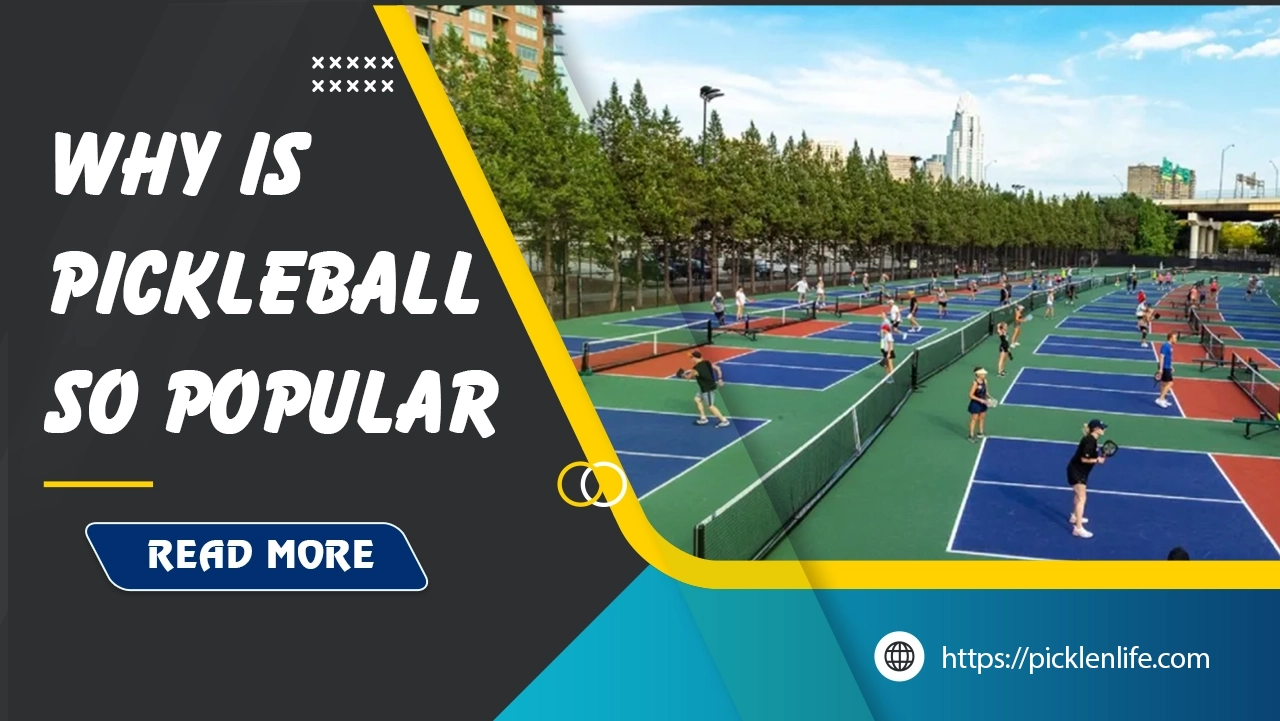
Understanding pickleball: A comprehensive introduction
Pickleball is an exciting paddle sport that combines aspects of tennis, badminton, and ping-pong, providing a thrilling experience for players and spectators alike. It is played on a smaller court with a net, utilizing a paddle and a perforated plastic ball that are specifically designed for the game. One of the most appealing features of pickleball is its remarkable accessibility, which makes it perfect for a wide range of players, from beginners to seasoned athletes.
The rules of the game are simplified, allowing newcomers to quickly learn the basics and enjoy gameplay almost immediately. Pickleball encourages active participation and social engagement, making it a fantastic way to meet new people and build connections. As players can adapt their skills at their own pace, the sport caters to those seeking casual play as well as competitive challenges. The inclusive nature of pickleball ensures it remains a welcoming environment for everyone individuals from various backgrounds can bond over this exhilarating sport.
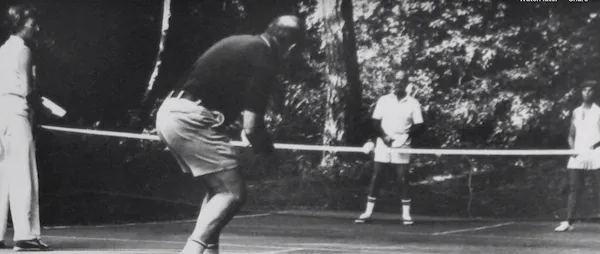
The origins of pickleball
The history of pickleball dates back to 1965 when it was invented by Joel Pritchard, Bill Bell, and Barney McCallum on Bainbridge Island, Washington. Originally developed to entertain their families during the summer, the game quickly gained popularity among friends and neighbors, gradually spreading across the country. In the years since its creation, pickleball has evolved from a simple backyard pastime to a viral sensation that captivates communities nationwide.
As the sport grew, it began to formalize, resulting in the establishment of leagues, tournaments, and national governing bodies. The dedicated efforts of early adopters and advocates helped propel the sport forward, culminating in the current pickleball boom that has captured the attention of countless players of all ages. Not only has pickleball achieved remarkable growth in participation, but it has also transformed into a global phenomenon that touches the lives of so many.
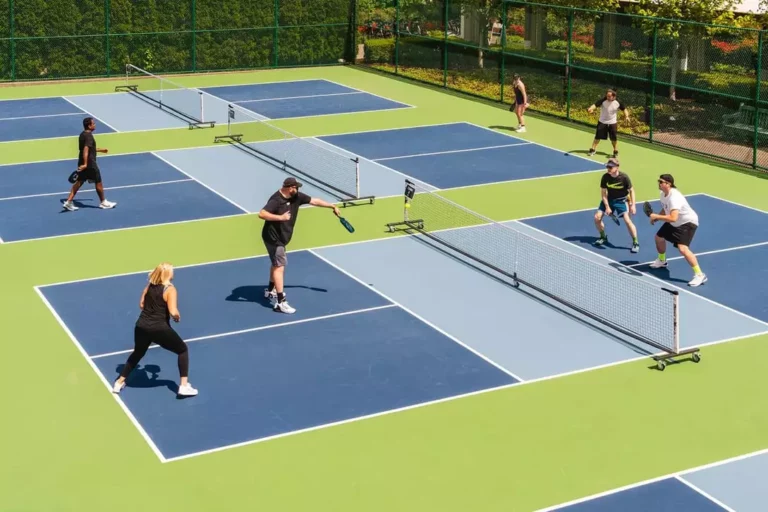
Why Is Pickleball So Popular?
Multiple factors contribute to the increasing popularity of pickleball, making it one of the fastest-growing sports in America and beyond. Let’s explore the reasons behind this phenomenon:
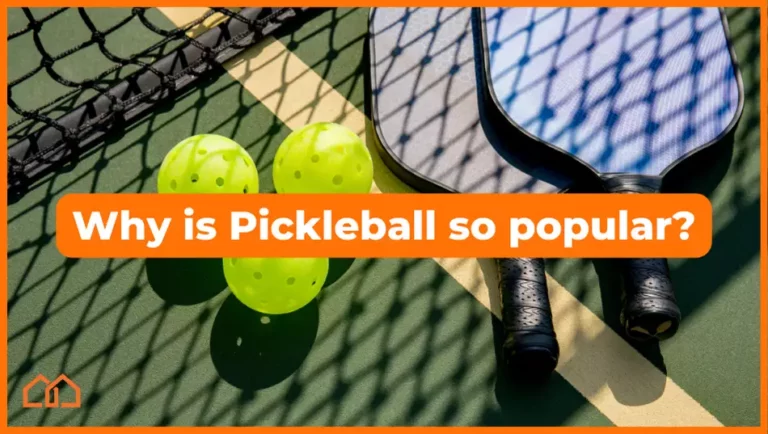
Accessibility for all ages and abilities
The inclusive nature of pickleball is one of its most appealing characteristics. The sport can be enjoyed by people ranging in age from as young as five to over ninety, making it a versatile choice for family outings and community gatherings. Various adaptations, such as wheelchair pickleball, further broaden the accessibility of the game, ensuring that everyone can participate regardless of physical limitations.
Ease of learning and skill development
Pickleball’s simplicity is another factor that lures players in. Newcomers can easily grasp the fundamentals, enabling them to start playing within minutes. However, this does not mean that the game lacks depth. Players can continually improve their skills and develop advanced techniques, making pickleball a sport that offers a rewarding challenge. This blend of accessibility and opportunity for growth keeps players engaged and motivated to hone their abilities.
Social and community aspects
Pickleball courts are often synonymous with laughter, camaraderie, and shared experiences. The smaller dimensions of the court, combined with an open-play format, promote social interaction, making it easy for players to meet new friends while enjoying the game. The vibrant community formed around pickleball opportunities fosters strong social ties and encourages collaboration, creating a supportive network for players of all skill levels.
Health and fitness benefits
One of the primary appeals of pickleball is its excellent health benefits. As a low-impact sport, it provides an outstanding cardiovascular workout while reducing the risk of injury often associated with high-impact activities. Players can enjoy physical benefits such as improved balance, agility, reflexes, and hand-eye coordination all without feeling overwhelmed or exhausted. This unique combination of enjoyable gameplay and health benefits makes pickleball an attractive choice for both casual players and fitness enthusiasts.
Low barrier to entry: Equipment and costs
The economics of pickleball contribute significantly to its accessibility. Players need only a basic paddle and some readily available balls to get started, making it easy and inexpensive to join in the fun. Furthermore, individuals can use their existing tennis shoes and athletic clothing, eliminating the necessity for specialized gear. The low-cost barrier encourages more people to try their hand at the sport, further increasing its player base.
Increasing availability of courts and facilities
As pickleball’s popularity continues to rise, the number of dedicated courts and recreational facilities has dramatically increased. There are now over 70,641 pickleball courts available in the United States, offering ample opportunities for both organized play and casual games. Additionally, players can create makeshift courts by utilizing existing tennis courts, basketball courts, or even pavement, further expanding the accessibility of the sport.
Adaptability for indoor and outdoor play
Pickleball boasts remarkable adaptability, allowing for both indoor and outdoor play. This flexibility makes it an ideal option for recreational facilities of all types, ensuring there’s always somewhere to play, regardless of the weather. As the sport gains traction, more locations are investing in dedicated indoor spaces for pickleball, which enhances accessibility and facilitates growth in player participation.
The utopian aspect: Breaking down barriers
Pickleball has the unique ability to bring people together, irrespective of gender, race, age, and political views. The inclusive nature of the sport fosters a sense of unity among players, creating an environment where individuals can collaborate and support one another. By breaking down social barriers, pickleball cultivates a distinct sense of belonging that resonates deeply with newcomers and seasoned players alike.
Pickleball’s “addictive” nature
Another factor that keeps players engaged is the addictive quality of the game. Once players start, many find themselves drawn back to the courts time and time again. This enticing nature often reflects in players’ constant improvement and development of skills, keeping them motivated to continue learning and progressing. The social interactions and sense of fun inherent in pickleball make it hard for players to resist joining in on the action.
Pickleball as a tool for intergenerational connection
An extraordinary feature of pickleball is its appeal across generations. Many families find themselves bonding over the sport, as grandparents, parents, and grandchildren can all participate together. This shared experience fosters stronger family connections, bridging the gap between generations and promoting mutual understanding. The ease of learning, combined with the engaging nature of the game, empowers families to create lasting memories while enjoying quality time together on the court.
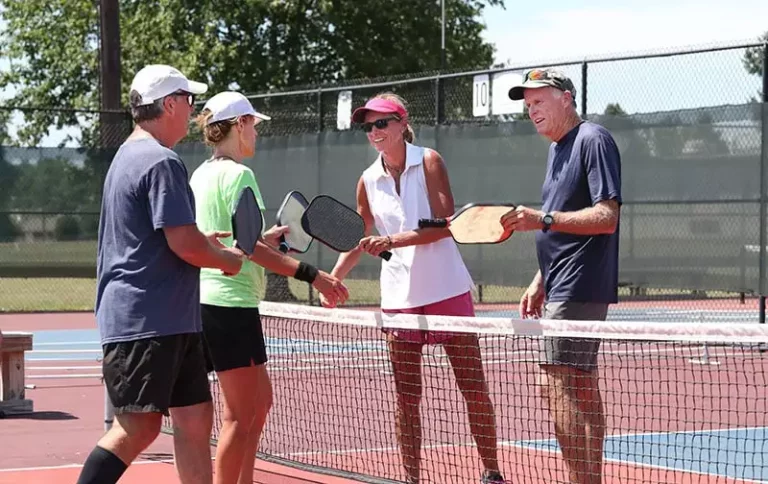
Future trends
As pickleball continues to rise in popularity, its economic impact becomes evident. Equipment sales have surged as more people gear up to partake in the sport, prompting manufacturers and retailers to capitalize on the growing demand. Comprehensive reports even indicate a notable increase in the construction of new courts and facilities, highlighting a promising future for pickleball as it carves out a significant niche within the sporting landscape.
The role of influencers, media coverage, and professional players also plays a vital part in shaping the sport’s image, helping to elevate it into the public consciousness. As pickleball gains visibility through various media platforms, its psychological benefits, such as stress reduction and improved cognitive function, further contribute to its appeal.
Joining the pickleball community
For those interested in exploring the world of pickleball, there are plenty of resources available. Visiting local pickleball courts offers valuable insight into the community and allows newcomers to engage with fellow players. Additionally, online platforms provide tips and tutorials for players looking to improve their skills or learn the rules. Community-building efforts, such as constructing new courts, hosting tournaments, and offering classes, serve to enrich the overall pickleball experience and bolster the growing community.
In conclusion, pickleball’s immediate appeal can be attributed to its inclusive nature, health benefits, strong sense of community, increasing accessibility, and addictive quality. Together, these factors create a compelling case for why this sport has rapidly emerged as a favorite pastime for individuals of all ages. The future of pickleball seems bright as it continues to connect players, promote health, and foster friendships across generations.
